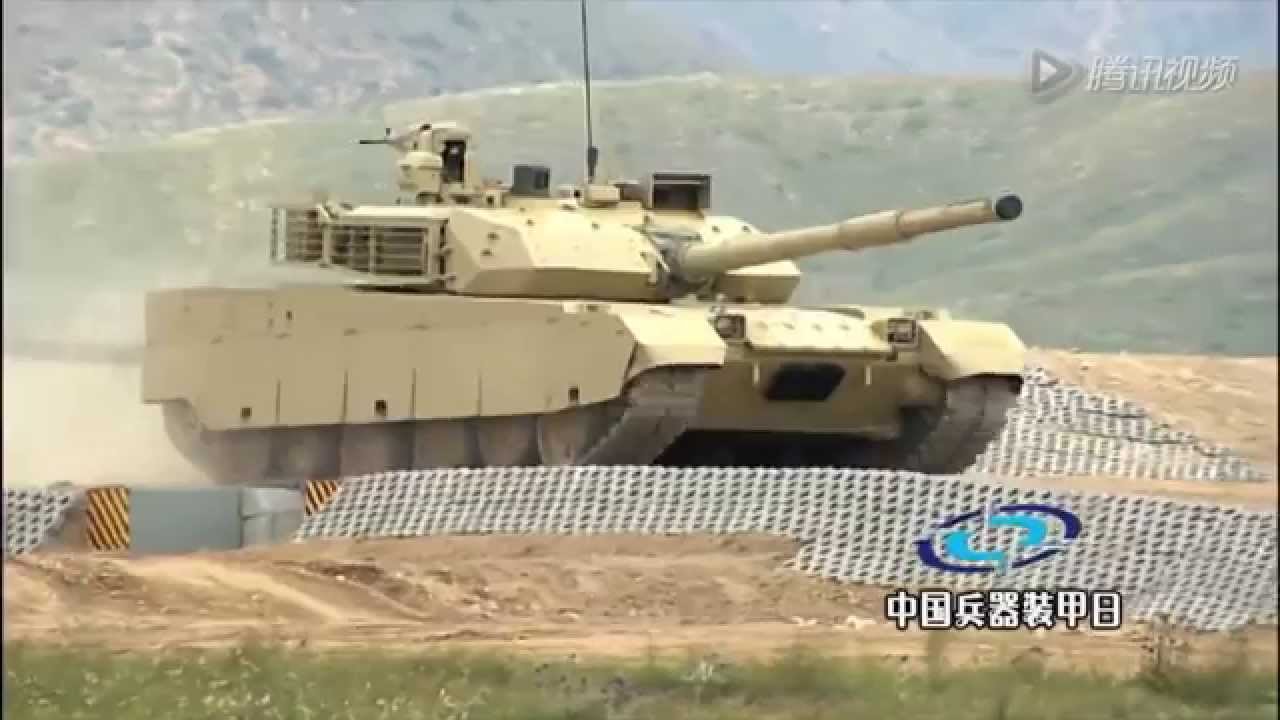I would like to clear one thing: since I am in the
academics, I am sensitive to expressions (and context) accordingly.
1. Your
disclosure is an
account.
2.
Evidence is provided to corroborate an
account.
3. In the absence of
evidence, your
account may or may not be
true* (a fact).
*Since you insist that your account is true, then I have to make sense of provided information; your
account might be true because M1 Abrams was
not 'optimized' for sustained operations in the Cholistan desert (or similar environments) back then, in the 1980s. Such optimizations officially commenced in 1990.
M1 Abrams was first retrofitted with an 'air filter' for sustained operations in the desert environments in 1990 (to prevent
talcum powder like sand from creeping into its engine - sand ingestion phenomenon). After the Persian Gulf War (1991), the original 'air filter' was replaced with the vastly superior PJAC system from Donaldson.
PROBLEM: In Desert Storm, the M1 Abrams could only travel as few as 12 miles (20 km) before the filters needed to be changed.
SOLUTION: The M1 Abrams requirement pioneered the first PJAC Air Cleaner back in 1991. On a 1,560 mile dust course at Yuma Proving Grounds, a non-pulse jet equipped M1A1 had to stop and service filters ten times. The M1A1 equipped with the PJAC never had to stop to service the filters. Now the PJAC is offered on many ground vehicles and is used by governments all over the world.
Source:
http://www.emea.donaldson.com/en/aircraft/support/datalibrary/071714.pdf
Cheers.
Which gun was mounted on it? Its stabilizer was not working? Crew was Pakistani?
Your disclosure leads me to consider following possibilities (or a combination thereof):-
1. Crew was not up to the task.
2. Main gun might not be 120 mm M256 but inferior 105 mm M68A1.
3. The unit malfunctioned*.
*Machines are not infallible;
parts can develop faults and disrupt functionality of the entire system subsequently.
I recall that a few M1 Abrams units malfunctioned in the Arabian desert environments in 1990;
defective parts were the most likely culprit in these cases.
Alright, my friend.
Keep in mind that experience is an unparalleled teacher, and objective of testing is to uncover potential shortcomings. They likely saw an opportunity to test their product in Bahawalpur and learn from such exposure.
M1 Abrams is a versatile platform, and it has undergone lot of improvements since its inception.
Of-course.
However, M1 Abrams was designed in the manner, as to offer better protection that contemporary Main Battle Tanks at the time.
"The driving force behind the development of the M1 Abrams was crew survival, and the tank's shape comes from composite armor developed towards this purpose. Special armor is also used in the forward track skirts. Of the fifty-five 105mm rounds, three were kept on the turret floor in spall-resistant covers, eight were stowed in an armored compartment in the hull behind the engine bulkhead, and the rest were stowed in the turret bustle behind armored blast doors. Blowoff panels in the hull ammunition compartment and the turret bustle vented ammunition explosions away from the crew compartment. The TC's hatch incorporated an open protected, or umbrella, position, which allowed visibility while still providing overhead protection."
Excellent information in this link:
http://afvdb.50megs.com/usa/m1abrams.html


On-board technologies was my point of contention as well, throughout the course of this discussion. This is why I argued that a Type-59 derivative cannot match and/or outperform an M1A1 Abrams derivative under any circumstances (assuming the two are in perfect working order).
Even the original M1 Abrams was/is a generational leap from Type-59 derivatives in capabilities by virtue of its vastly superior
onboard technologies and design. Full stop.
What happened in Bahawalpur should not be taken at face value, by a professional. We need to focus on the technical aspects of the products in question and how they fared against each other in the battlefield.
M1 Abrams derivatives literally smoked any Main Battle Tank (MBT) that was pitted against them by the Iraqi armed forces in 1991 such as T-54, Type 59, T-62, Type 69 and T-72M1 (Lion of Babylon). I am counting strictly Tank-to-Tank engagements.
Look! I respect your exposure and professionalism. And I look forward to your valuable input for military-related matters.
However, I have seen that Pakistani military officials tend to develop "superiority complex" on average, and this is a problem. I will not generalize; some are very decent and groomed. However, military officials are also people, and as subjective as civilians on average.
More importantly, never (ever) underestimate the versatility and knowledge of civilians in general. I am not in the military but I am not a layman either. And I am not short on connections - scores of my relatives are in the military and/or veterans. A few in positions that many will never attain during the course of their lives. I won't boast further.
Education shape civilizations, and define their holistic competence. Pakistan Army would be nothing without unconditional support of Pakistani civilians. Keep this fact in mind.
Civilians are the backbone of any country. USA is miles ahead of Pakistan in productivity and power projection due to its vastly superior education system and institutions.
Above all, I appreciate your input. We can get in touch.
OK, bro. Appreciated.

A machinery can certainly fail in an environment for which it is not optimized at the time of testing.
M1 Abrams was something new back then, and not ready for operations in certain environments at the time. Therefore, Pakistani accounts might be true to large extent.
However, M1 Abrams in its current shape - is a beast of engineering.









